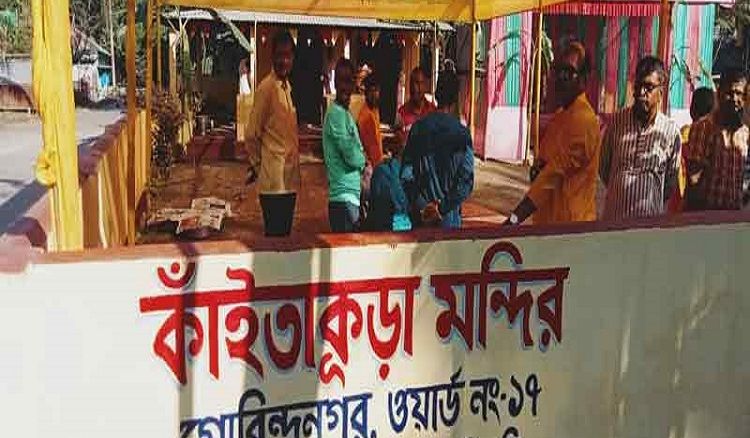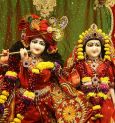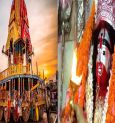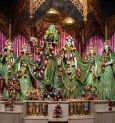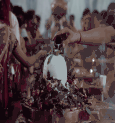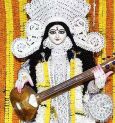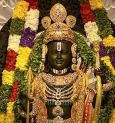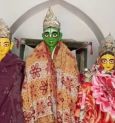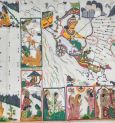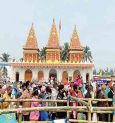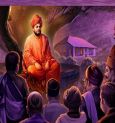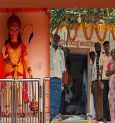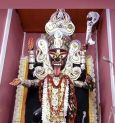In the quaint town of Jalpaiguri, nestled along the banks of the Jorada River, a peculiar deity named 'Kaintakura' takes centre stage in an annual puja, intriguing locals and visitors alike. The ritual, following the grandeur of Kali Puja, unfolds with an interesting blend of tradition and British colonial history.
The deity, seated on a donkey's back with a British sepoy by its side, appears in a tableau that includes royal figures. The intriguing question arises: where did this deity originate, and why does it command such reverence?
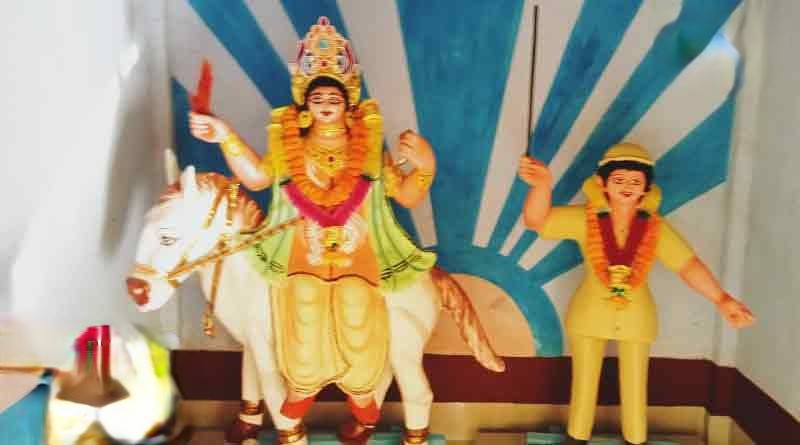
Legend has it that a revered local priest, known as 'deusi,' introduced this unique puja tradition to safeguard the community from the wrath of an underworld deity. The riverbank, marked by a deep pit known as 'Kura,' adds an air of mystique to the celebration. Interestingly, 'Kainta' signifies donkey, while 'Kura' suggests a pit or abyss. The Jorada River, with its deep and treacherous waters, has claimed lives annually, creating an aura of fear and reverence.
Local lore has given the Jorada River an ominous nickname, 'Manush Kheko,' (man-eater) translating to 'River Devourer of Men.' Despite efforts by authorities to caution against the dangers, the river's perilous reputation persists. Some locals believe in supernatural elements, associating the area with divine intervention, while researchers offer a scientific explanation for the river's peculiarities.
Madhusudan Karmakar, head of the Geography Department at Moinaguri College, suggests that the river's whirlpools, formed due to funnel-shaped water currents, create dangerous conditions. Despite efforts to rescue individuals trapped in these whirlpools, survival remains unlikely.
In the midst of these natural phenomena, the Kaintakura puja has become a cultural marker for the region, with locals sharing stories of British-era influences and family ties to the tradition. The puja, initially initiated by British surveyor Brijen Gupta, evolved into a community event in the Gobinda Nagar area.
As the puja gains prominence, the locals continue to grapple with the balance between tradition, superstition, and scientific understanding. Whether seen as a cultural spectacle or a supernatural safeguard, the 'Kaintakura' deity's worship remains an enigma on the banks of the Jorada River.
 বাংলায় পড়ুন
বাংলায় পড়ুন


